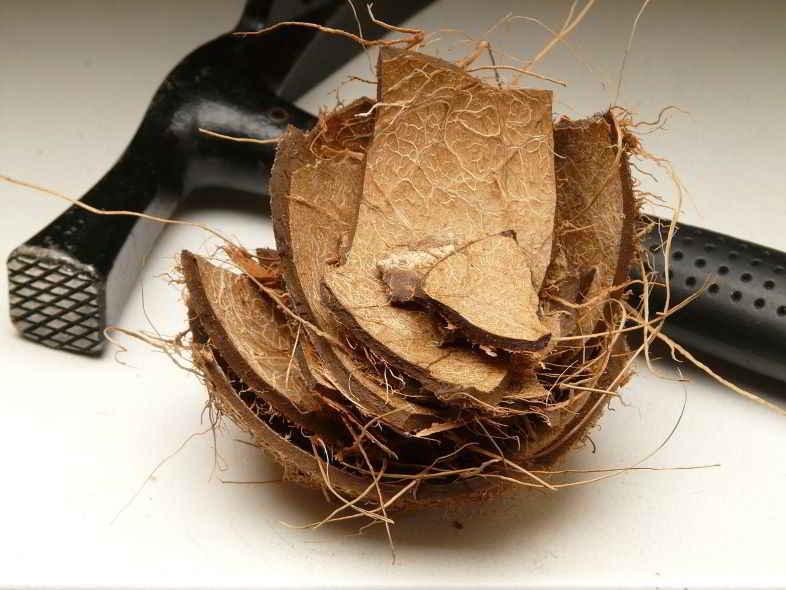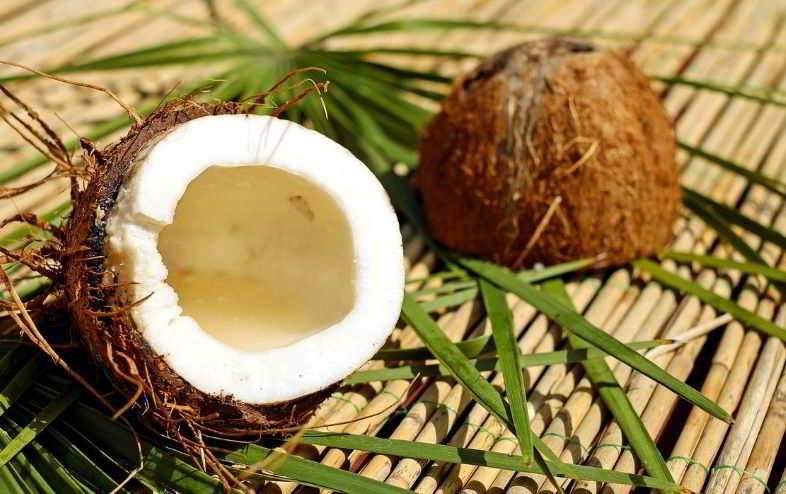Modified on: 29/07/2021
Have you heard of coco fibre for cannabis cultivation? Here you can discover the secrets of this miraculous substrate.
When it comes to planting cannabis seeds, marijuana growers often wonder whether it is better to continue growing as they usually do or replacing peat with the much-discussed coconut fibre.
Of course, we have our doubts when dealing with new products, and the first questions that come to mind are:
- How do you grow with coconut fibre?
- How long does it take?
- What are the real benefits of using coconut?
If you also want to find answers to these questions, know how to use coconut fiber and where to find it, after reading this article you will have a clear idea and you will know whether you should use this substrate or not.
Of course, we remind you that in the UK as in the majority of countries worldwide, cannabis cultivation is forbidden, and therefore you can only use this information if you live where it is allowed or only for information purposes.
Here, you can find all the essential information about coconut.
What is coconut fibre?
Coconut fiber is currently one of the most popular and widely used substrates for growing weed seeds and more.


Everything from the coconut is used! Between the shell and outer covering of coconuts (mainly grown in Sri Lanka and India) all can be extracted when the coconut is fully ripe (brown fibre) or before it is fully developed (white fibre).
Among the advantages., coco fibre is undoubted is light, well-ventilated material that facilitates oxygenation of the roots of cannabis plants, has excellent drainage properties and is environmentally friendly.
Coco fibre can be used or added later from the bagging of marijuana seeds.
It is mainly used in grinders for the terminal phase, while for the later stages, it is purchased as pressed or pulverized bricks.
Read also: Marijuana harvesting: the best step-by-step method
Features and benefits of using coco fibre
There are many reasons to use coco fibres for cannabis crops. It can be summarised in the following points:
- More oxygen for the roots
Coco fibre is considered an ideal habitat for cannabis roots. It promotes their development (because it retains phosphorus) and keeps them healthy as it absorbs the right level of moisture and promotes oxygenation. These properties make this substrate particularly suitable for the germination phase, whether for BSF fast seeds or other species. - Less disease and insect infestation
The fact that the coir fibres perfectly regulate the air humidity and maintain a high level of ventilation means that pest infestations are much less frequent in the substrate, and root rot is prevented. - Affordable prices
At equal weight to universal soil, coir fibres are much cheaper. The savings are also due to transport costs which, as we know, often increase in the management of heavyweights. As a result, cannabis cultivation with coco fibre is much cheaper. - User-friendly
Additionally, the use of coco fibre substrate has many advantages and is not problematic, on the contrary… After determining the appropriate fertilization parameters for your plantation, you can proceed without any special precautions. - Ecological and reusable
One of the advantages of using coconut fibre for growing marijuana is that the substrate can be reused later for a new crop. It is an environmental friendly and useful material.
Coco fibre: where to buy it and how to recognize the quality?
If you are fascinated by the properties of coconut and are also wondering where you can buy it, you will be happy to know that you will have no problem finding it.
Coconut fibre is available in almost all major agricultural shops, including online. The most popular format is 50-litre bags.
However, make sure you are dealing with high-quality coir before you buy it.
High-quality coir blocks are usually uniform, while bad ones are usually bumpier and too dry.
Specifically, low-quality coir blocks are difficult to grind and use as a substrate, even when immersed in many litres of water. High-quality coir blocks, on the other hand, after being submerged for the time and amount of water indicated on the package, should be easily degraded.
Although it is normal to find some resistance in the second case.


How is coir used?
The use of coconut fibre is very simple, but differences are depending on the product you buy.
What does not change is that whether you plant autoflowering seeds or feminized seeds, the first step is hydration and feeding.
As mentioned above, coconut is sold mainly in blocks or slabs that can only be eroded after immersion in water.
As a rule, a tank is filled with water, and a special fertilizer is added depending on the phase of the cannabis crop (germination, growth or flowering). Unlike most common soils, coir is not fertilized.
After checking that the pH is ideal for cannabis plants, you can soak the coco block.
Some companies recommend soaking the coir for at least 24 hours, others only for half an hour. If the leaves are soft enough and can be “unwrapped”, they are ready for use.
You can use this substrate directly to germinate seeds quickly or from another type, or it can also be used in the phase following the birth of the seedling.
However, when buying coir in bulk, no special treatment is necessary, as the substrate is already degraded and can be mixed directly with perlite or clay and can be used for every phase of the harvest.
It is also necessary to use water and fertilizer to ensure that the seeds and plants can benefit from the proper nutrition.
After use, the coir substrate can be reviewed and washed to be used for a new harvest.
Read also: Cannabis with yellow leaves: why does happens and how to fix it?
Conclusions.
As you have read, the use of coco fibre for cannabis cultivation is very beneficial and not complicated.
In the UK, the cultivation of cannabis is not allowed. But if you want, you can use the information on coco fibres for other types of crops.
However, if you like to collect cannabis seeds of all kinds, we invite you to visit our SensorySeeds shop.
Take a look at our suggestions and buy your favourite marijuana seeds online to enrich your collection.
We are waiting for you!









